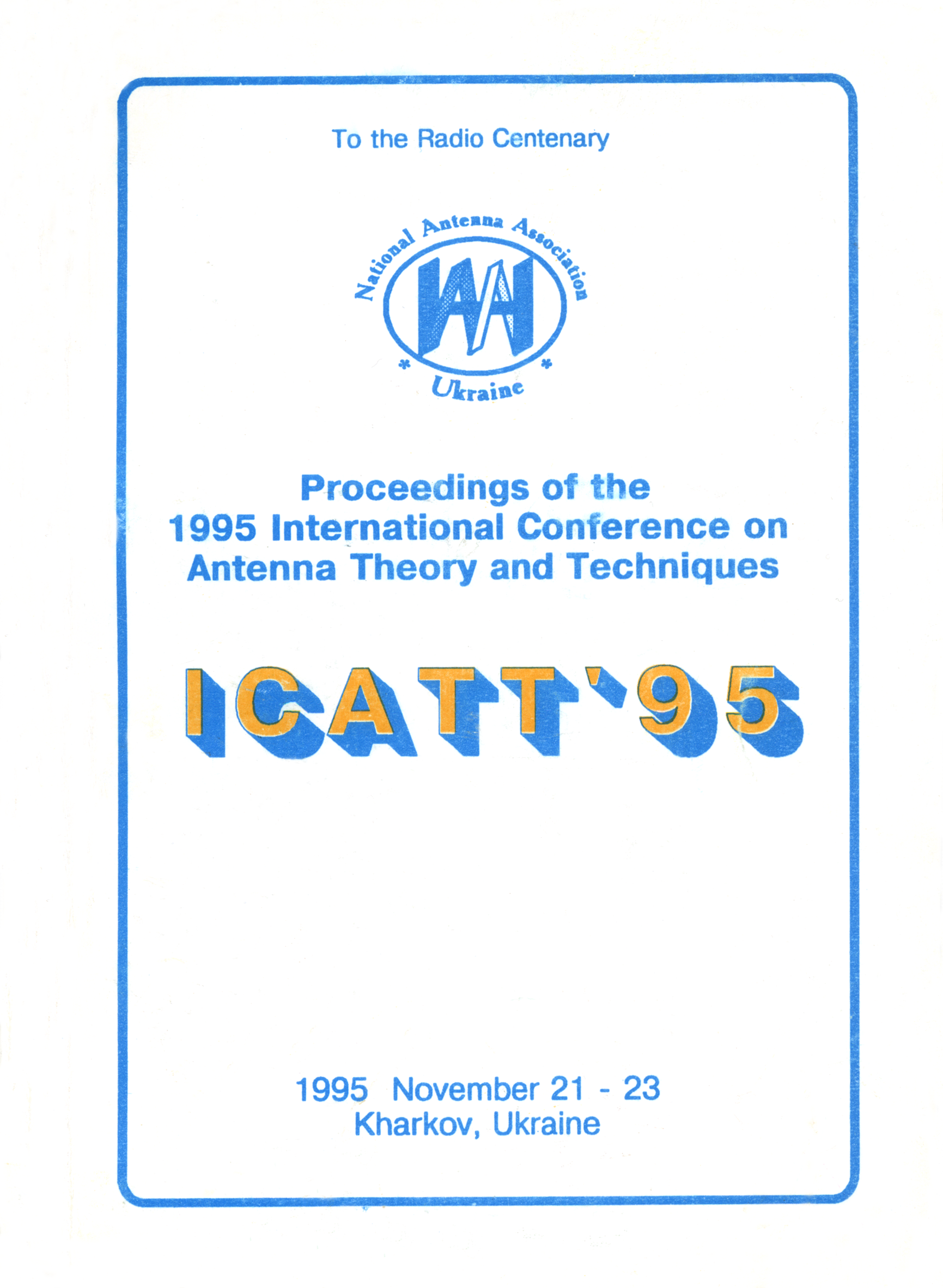Application of system identification methods for the free space reflection coefficient measurements
DOI:
https://doi.org/10.1109/ICATT.1995.1234164Abstract
The development of the methods of reflection coefficient measurement for antenna covers and absorbing materials is very urgent to improve the methods of antenna system testing and providing antenna measurements. The method of RC measurement at a single frequency by means of changing distance between the aperture and a structure under test is widely used. The dependence of RC for a single dielectric layer from the distance has been established. Particularly, in 17 to 25.9 GHz range for the distance changing from 30 to 120 mm, RC of a plexiglass layer with 40 mm thickness has varied from 0.2 to 0.42. RC can increase, decrease or be constant depending on the specific frequency choice. The dependence of the structure RC measured in a waveguide has an oscillating behavior. The system identification methods such as Prony’s method and the generalized pencil-of-functions method were applied to extract the principal term of the dependence. This approach permits us to improve the accuracy of RC measurement in comparison with traditional methods of direct calibration on RC standard. For thin dielectric structure thickness measuring, an E-pulse approach based on multifrequency measurements was used. According to this method, extinction of the late-time part of a time signal corresponds to coincidence of the real and model structure parameters. The importance of weight function has been evaluated. The synthesis of E-pulse was given in frequency domain. Extinction concept was exploited not only in the time domain but also in the frequency domain by using linear prediction parameters for frequency dependence. This method is based on exponential additive model of RC frequency dependence. The approach can be considered as a generalized method of E-signal.

